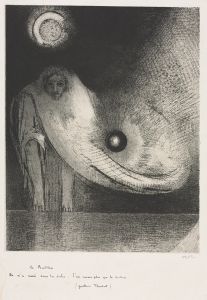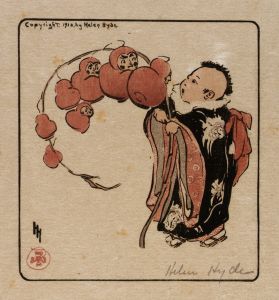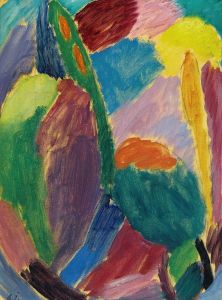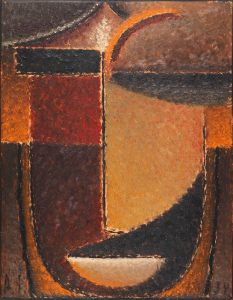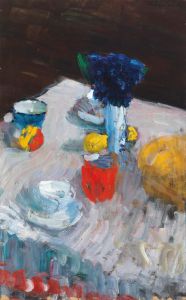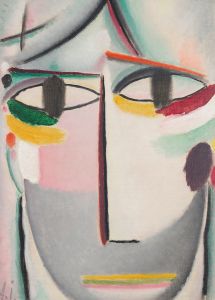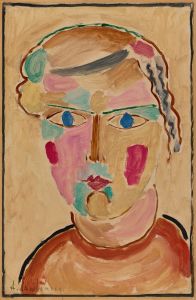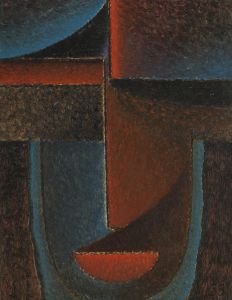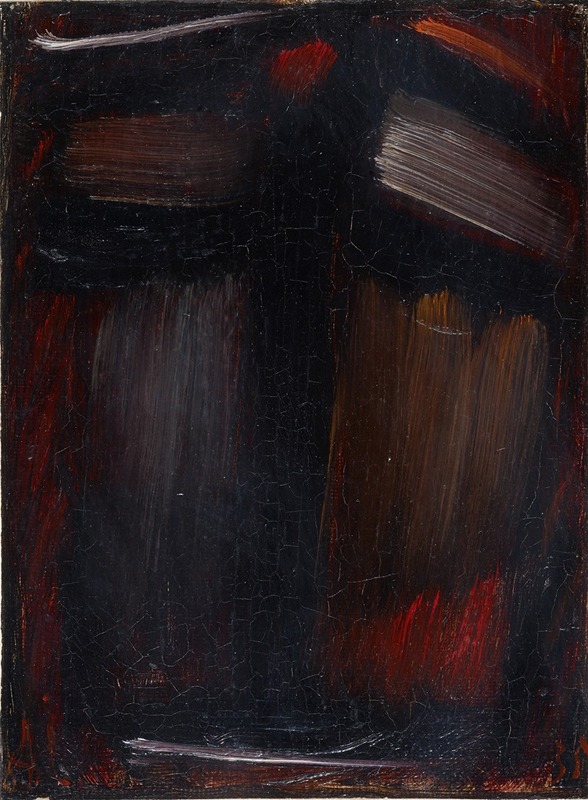
Meditation N. 57
A hand-painted replica of Alexej von Jawlensky’s masterpiece Meditation N. 57, meticulously crafted by professional artists to capture the true essence of the original. Each piece is created with museum-quality canvas and rare mineral pigments, carefully painted by experienced artists with delicate brushstrokes and rich, layered colors to perfectly recreate the texture of the original artwork. Unlike machine-printed reproductions, this hand-painted version brings the painting to life, infused with the artist’s emotions and skill in every stroke. Whether for personal collection or home decoration, it instantly elevates the artistic atmosphere of any space.
Alexej von Jawlensky was a Russian expressionist painter, known for his vibrant use of color and bold, emotive compositions. He was a key figure in the development of early 20th-century art, contributing significantly to movements such as Expressionism and the Blue Rider group. One of his notable series of works is the "Meditations," which he began in the later years of his career. Among these, "Meditation N. 57" stands out as a representative piece of his mature style.
"Meditation N. 57" is part of Jawlensky's "Meditations" series, which he worked on extensively during the 1930s. This series is characterized by its spiritual and introspective qualities, reflecting Jawlensky's deep interest in the inner life and the human soul. The "Meditations" are known for their abstracted, almost icon-like faces that convey a sense of serenity and contemplation. These works are often seen as a culmination of Jawlensky's artistic exploration of the human face as a vessel for spiritual expression.
In "Meditation N. 57," Jawlensky employs a simplified and abstracted form, focusing on the essential features of the face. The painting is marked by its use of bold, contrasting colors and strong outlines, which are typical of Jawlensky's style. The face is rendered with minimal detail, emphasizing the eyes and the overall shape of the head. This reduction of form is intended to transcend the physical and evoke a sense of the spiritual or metaphysical.
The color palette in "Meditation N. 57" is both vibrant and harmonious, with a combination of warm and cool tones that create a dynamic yet balanced composition. Jawlensky's use of color is not merely decorative but serves to enhance the emotional and spiritual impact of the work. The interplay of colors and the simplicity of form invite viewers to engage with the painting on a deeper, more introspective level.
Jawlensky's "Meditations" series, including "Meditation N. 57," reflects his personal journey and struggles during a time of physical and emotional hardship. In the 1930s, Jawlensky was suffering from arthritis, which increasingly limited his ability to paint. Despite these challenges, he continued to produce work that was deeply personal and spiritually resonant. The "Meditations" are often interpreted as a reflection of his search for inner peace and understanding in the face of adversity.
"Meditation N. 57" and the other works in the series are significant not only for their artistic merit but also for their contribution to the broader context of modern art. They represent a shift towards abstraction and spirituality that was influential in the development of 20th-century art. Jawlensky's focus on the spiritual dimension of art was shared by other artists of his time, contributing to a broader movement that sought to explore the deeper meanings and possibilities of artistic expression.
Overall, "Meditation N. 57" exemplifies Alexej von Jawlensky's unique approach to painting, characterized by its emotive use of color, simplified forms, and spiritual depth. It stands as a testament to his enduring legacy as a pioneer of modern art and his commitment to exploring the profound connections between art, spirituality, and the human experience.






